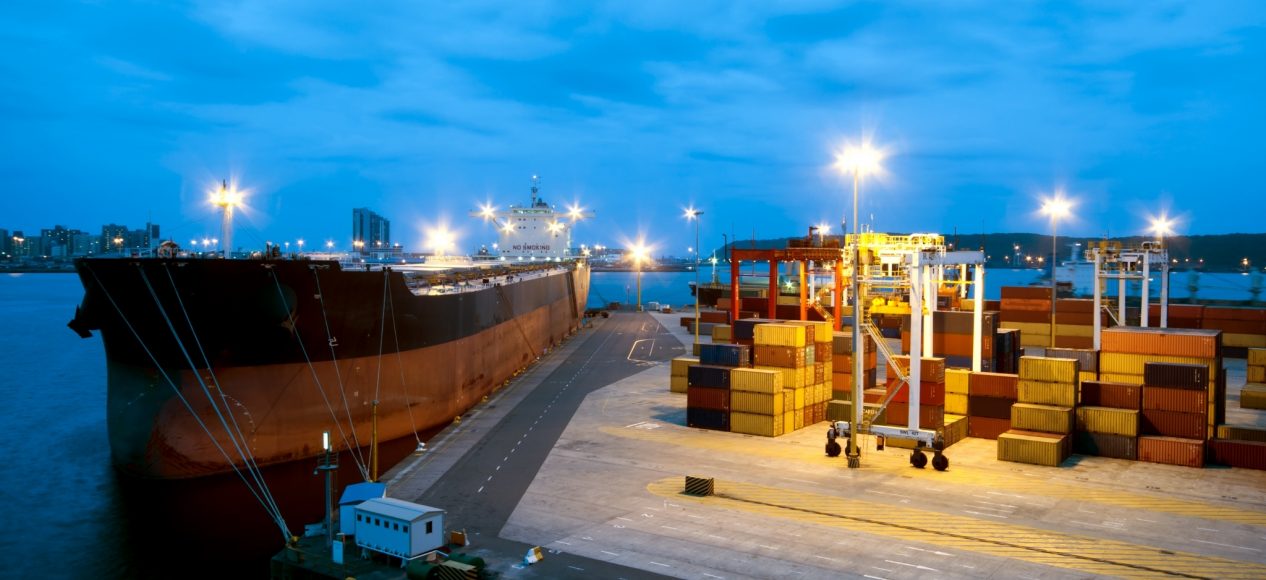Stevedoring and Terminal Operation
Delivers an overview of the operational, commercial and legal issues pertaining to the movement of cargo, shipping arrangements, charter parties and ship loading considerations such as stability and hull stress, load planning and ballast control is provided.
Relevant sections of IMO Conventions and Codes of Safe Practice are discussed, together with cargo claims, casualties and consequences.
This course can be adapted for shore-based staff dealing with different types of dry bulk or container/general cargoes.
Who should participate?
Shore-based supervisory staff and shipping officers in ship and cargo operations interested in upgrading their skills and knowledge. The course can be adapted for shore-based staff dealing with dry bulk or container/general cargoes.
Outcome
Participants who successfully complete the course will be issued an Australian Maritime College certificate in Operational and Commercial Aspects of Stevedoring and Terminal Operation.
Content
- Ship’s Dimensions & Stevedoring Terminology: Tonnages, load lines, hold capacities, stack weights & terminology
- IMO/ILO Conventions & Codes of Safe Practice Relating to Stevedoring: SOLAS – IMDG Code, safe containers, safety of dock workers, IMSBC Code, code for cargo stowage and securing, BLU Code
- Marine Orders Relating to Stevedoring: MO Part 32, MO Part 33, MO Part 34, MO Part 41
- Handling of Ship’s Gear in Port: Cargo gear register, ship’s responsibilities to provide safe environment
- Ship Loading Considerations: Ship stability in port, ship’s stress & weight distribution
- Responsibilities – Master, Stevedores & Planners: Information flow and requirements prior to receipt of cargo
- Bulk Cargo Requirements: Ballast management, cargo control form and check list, shipper’s declaration, amendments to IMSBC Code, wood products (logs) etc…
- Cargo Handling: Lifting equipment including spreaders, lifting points (SWL), slinging of non-containerised cargo. Calculations of weight on slings, requirements of pre-slung cargo, requirements of IBC’s.
- Container & Non-Containerised Lashing Requirements: Class requirements for container lashing equipment, the twist lock, and rule of thumb for break-bulk lashings. Types of dunnage & dunnage requirements.
- Container Problems: Cell heights/high cube boxes, lead-in clearance and securing cargo within the container

- Duration: 3 days
-
Course available on demand
This course is available on demand, delivered at various locations. To express interest, please contact us.
